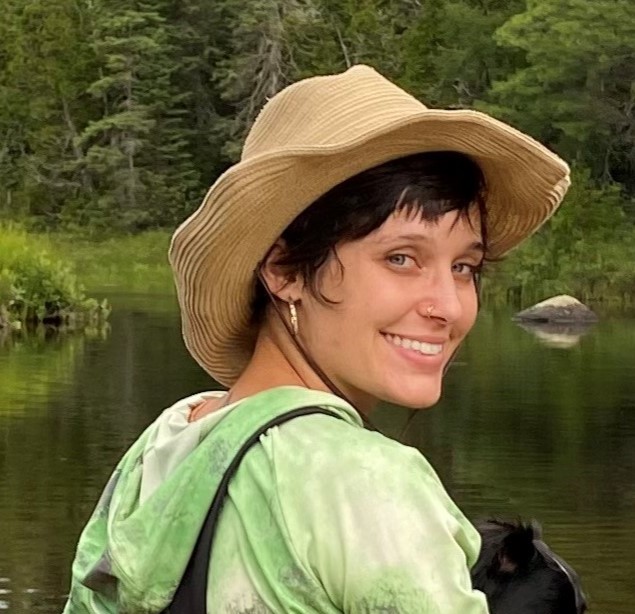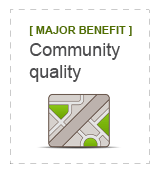Add city tree and plant cover that conserves topsoils and increases community health, wealth, quality of life.
Rachel Morice, Urban and Community Forest Project Specialist, MN Department of Natural Resources: 651-296-6157, rachel.morice@state.mn.us, www.dnr.state.mn.us/forestry/urban


-
The environmental, economic, and human health benefits of ash trees in Minnesota have been quantified. According to the National Tree Benefit Calculator, a 20-inch diameter ash tree near a residence provides benefits worth $197/yr. When these benefits are weighed against the cost to purchase, plant, prune, protect, and eventually remove a tree, the benefits outweigh the costs by a margin of about three to one. The dollars spent to remove and replace one average-sized city ash tree could instead be used to preserve, for over 20 years, 2 ash trees that will provide four times the tree benefits of the one replacement tree.
- The national Arbor Day Foundation's tree benefits page calculates how much the trees in a residential yard are worth. Also see a tree benefit graphic, The Human Health and Social Benefits of Urban Forests and the MN Dept. of Natural Resources page on energy conservation through trees.
- The National Tree Benefit Calculator shows the financial and environmental benefits individual trees provide, and the USDA Forest Service iTree Design tool shows the best place to plant a tree and the benefits that tree will provide over time.
- The USDA Forest Service i-Tree tools offer a variety of state-of-the-art, peer-reviewed software that help communities measure tree canopy cover and the value of community trees for energy savings, stormwater management, carbon sequestration, air pollution reductions, and property value enhancement. The Green Infrastructure Center provides tools and case studies about trees & stormwater to help city staff make the case for using trees in stormwater management.
- Trees and vegetative cover need healthy, undisturbed soils, or disturbed soils improved with compost to support vigorous plant growth resulting from the soil ecosystem services of rainfall infiltration and storage, adsorption of excess nutrients, filtration of sediments, biological decomposition of pollutants, and moderation of temperatures. Common development practices include removal of topsoil during grading and clearing, compaction of remaining soil, and planting into unimproved soil or shallow depths of poor quality imported topsoil. These conditions typically increase long-costs, producing unhealthy plants that die prematurely and need replacement, and that require excessive water, fertilizers and pesticides that contaminate runoff and increase associated costs of repairing impaired waters.
- A 2017 publication by USDA Forest Service researchers quantifies the residential building energy conservation and avoided power plant emissions by urban and community trees in the United States. In Minnesota, the benefits include:
- Among U.S. Forest Service studies are data showing that single trees in the Midwest can generate a net benefit (total benefits minus initial and annual maintenance costs) of $3-$3,040 during a 40-year period. The nearly 200,000 public trees in Minneapolis alone provide a total gross annual benefit of $24.9 million.
Use of trees is an optional measure in the Minnesota Green Communities criteria, used by the Minnesota Housing Finance Agency in awarding funding for building affordable green multi-family housing.
Step 3 Recognition Best Practice for Category A and B cities
Category A cities: implement this best practice by completing any two actions.
Category B and C cities: implement this best practice by completing any one action.
Investments that protect and enhance a city's green infrastructure, which includes trees, soil, living snow fences and other plant cover, deliver many financial, energy, heat island, quality of life and carbon sequestration benefits, just as do investments in a city's traditional grey infrastructure of roads and utilities (sewer, gas, electric and telecommunication lines). People love and gravitate toward tree-lined streets. Given a limited city budget, which always includes money for streets, the most effective expenditure of funds to improve a street would probably be on trees, funded through the street fund and augmented by storm water funding, as trees and vegetated infiltration can typically be worked into the street right-of-way.
Metric # 8: Open Space, Parks, Trees
